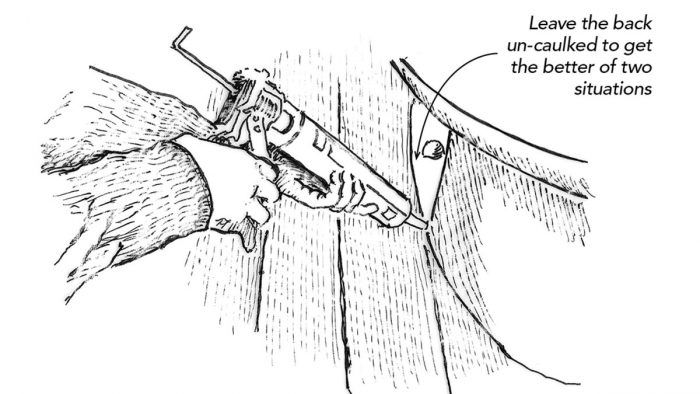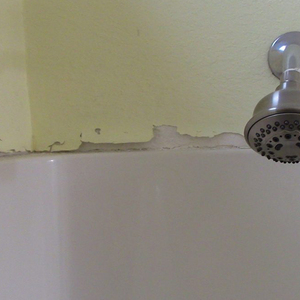Seal Toilets Partway to Detect Leaks
To caulk or not to caulk, that is the question.

There’s a long-standing controversy over whether or not to caulk the base when installing a toilet. Some say caulking looks more finished and will prevent moisture caused by bathtubs, showers, and those with poor aim from reaching the subfloor and causing rot and unpleasant odors. Others say that caulking the base can trap water and hide leaks if they develop, in the wax ring for example, which can also result in subfloor damage. My approach is to seal the entire base of the toilet except for the back side—this keeps most moisture out, but still allows future toilet leaks to be discovered.
—Joe Kaye, Phenix, Va.
Edited and illustrated by Charles Miller.
From Fine Homebuilding #313






























View Comments
I agree with Joe's thinking, although my experience with replacing toilet gaskets has found that often the tile or flooring stops short of the hole in the subflooring. If the toilet flange is not sealed to the flooring material, this offers no benefit as the leaking gasket will simply allow water to escape down along the plumbing, or will be dammed by the flooring, resulting in water damage well before water appears around the toilet's base.
I agree with ct_yankee's concern about a leak rotting the subfloor without revealing itself at the back of the toilet. The solution is fairly simple, but not often discussed. Simply caulk the flange to the finish floor. Use the wax from an old ring to seal the holes in the flange- the wax is easy to remove in the future. The wax can also be used to waterproof the subfloor, but could impact adhesion when installing yet another finish floor.
One writer has pointed out that caulk will help keep the toilet in place, acting both as an adhesive and a shim.